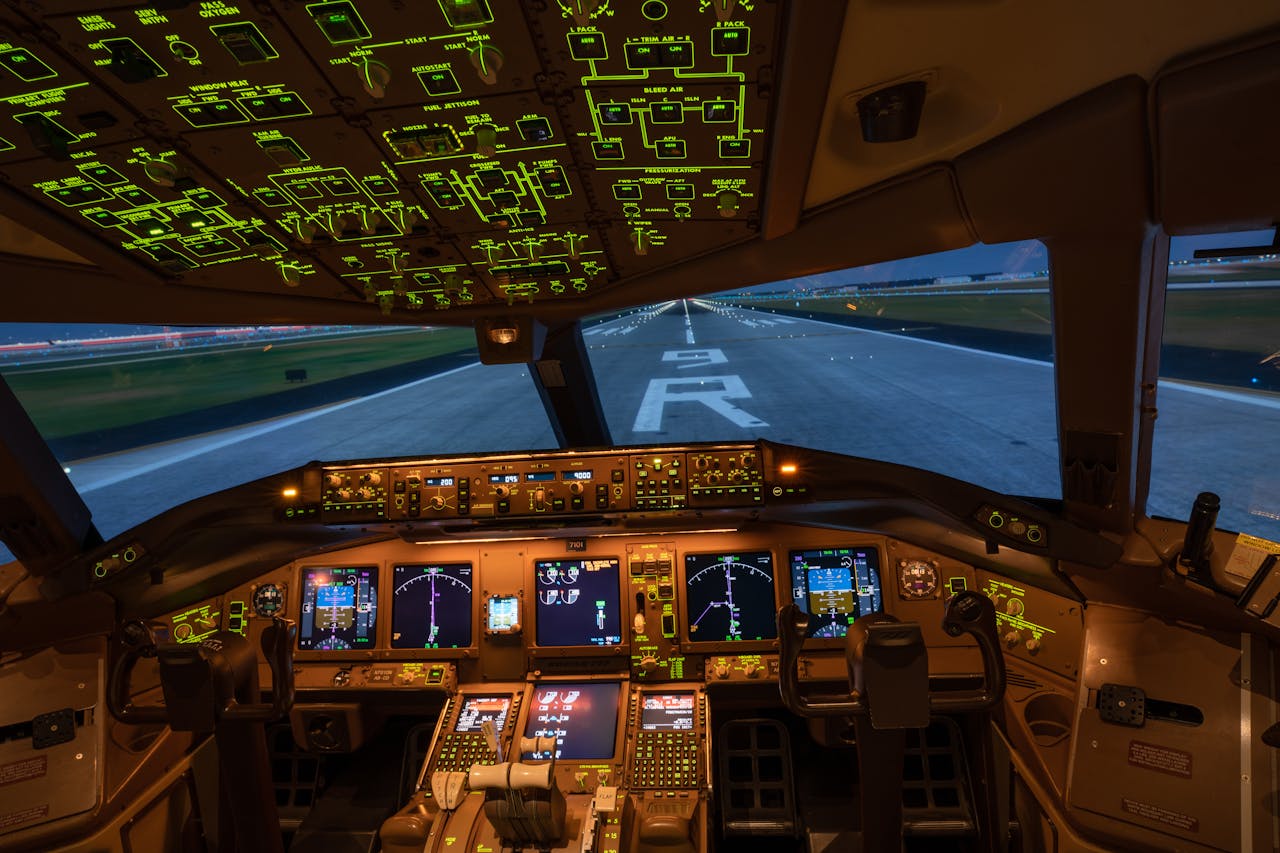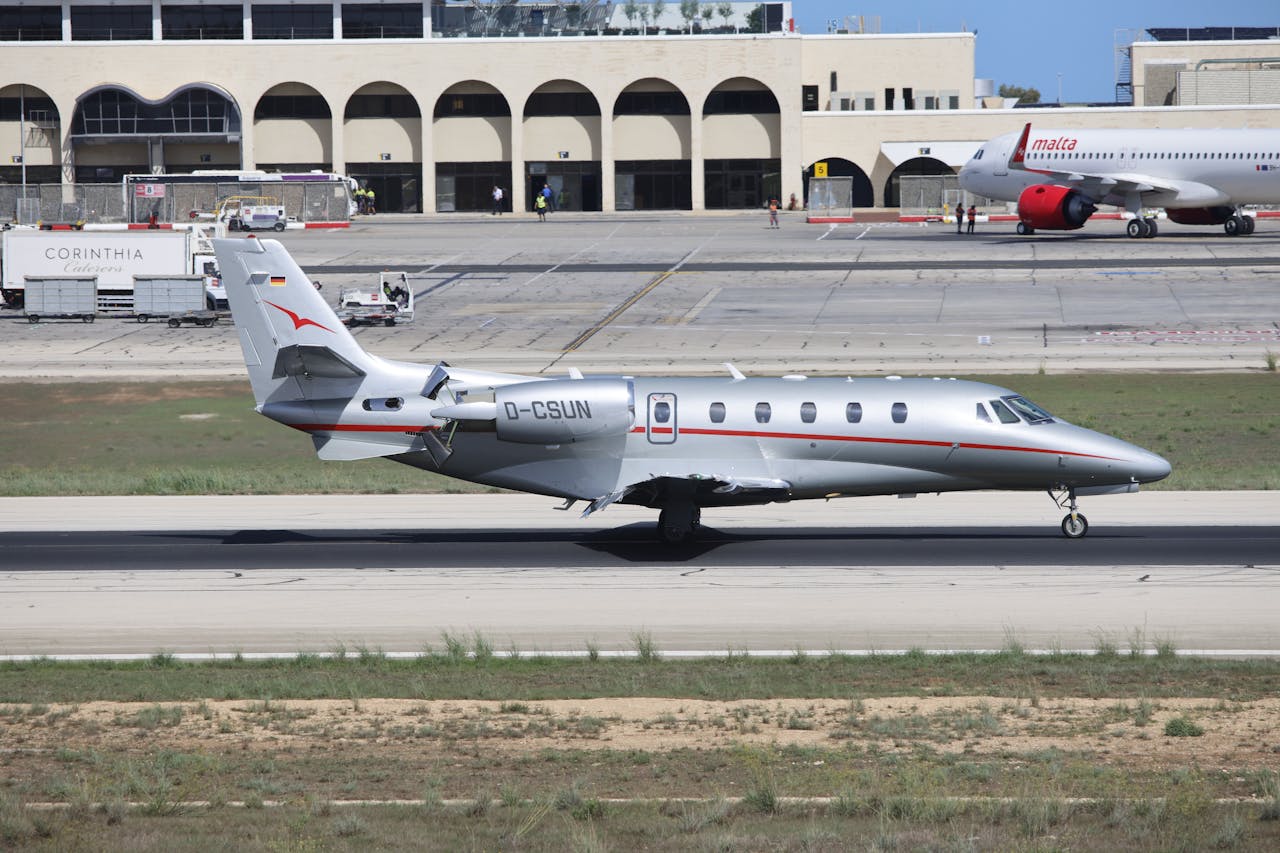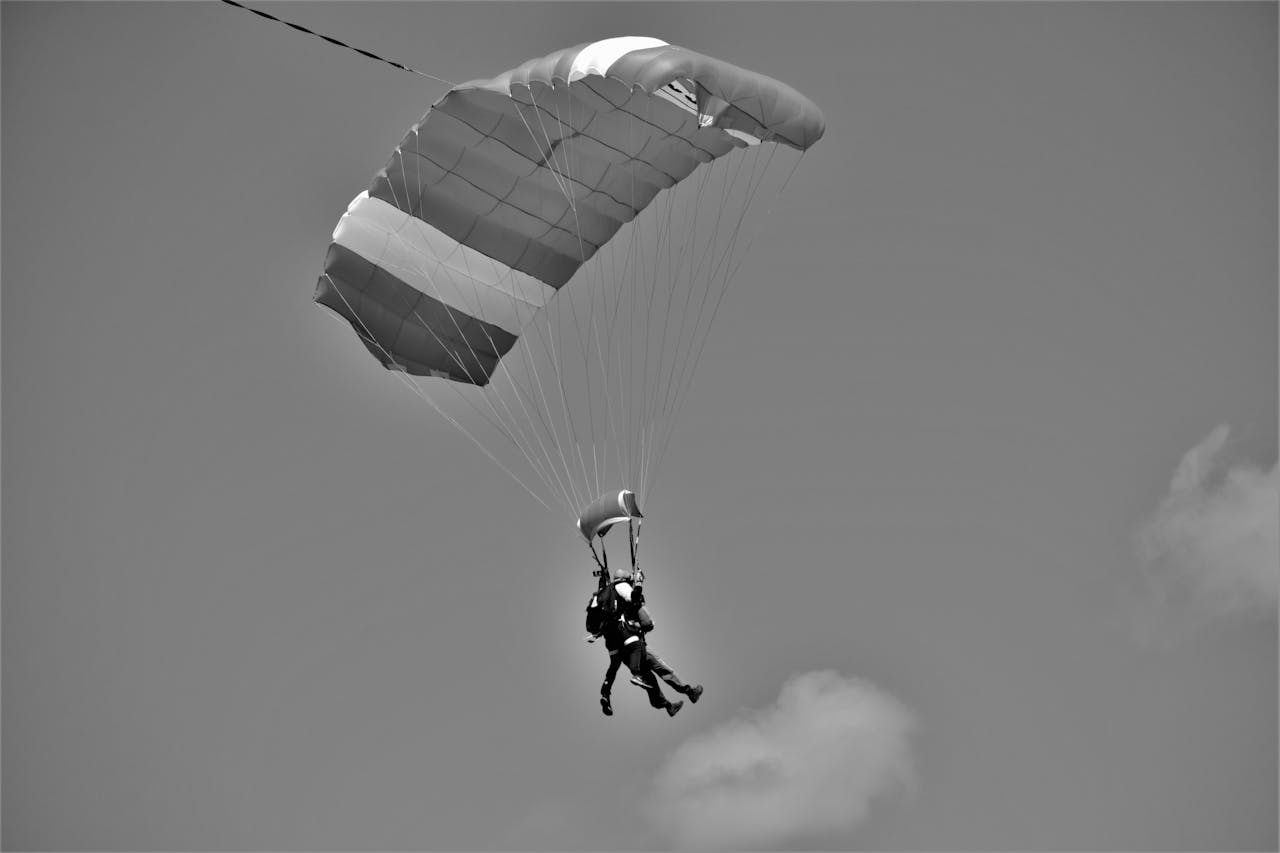Although modern aircraft, such as the latest generation of private jets, are equipped with sophisticated technologies and redundant safety systems, no aircraft is immune to failure.
Aerospace components, no matter how advanced, operate under extreme conditions: high pressures, fluctuating temperatures, intense vibration, and continuous mechanical stress. Add to this the inherent limitations of any technology: sensors that can return erroneous data, software prone to bugs, materials that degrade over time or have defects not visible to the naked eye…
Critical in-flight failures: what can go wrong even on a private jet
Although private jets are refined and technologically advanced machines, some failures-however rare-are considered potentially lethal. Here are the main ones:
1. Engine failure
One of the most feared, although rare, especially in twin-engine or three-engine jets. A failure can result from internal mechanical problems, lack of lubrication, ingestion of foreign objects (such as birds), or human error in maintenance.
Security system:
- Modern jets can fly with only one active engine.
- Temperature and vibration sensors detect anomalies in real time.
- Engines are periodically inspected with predictive technologies, such as spectroscopic analysis of oils.
2. Loss of pressurization
At 40,000 feet, the air is too thin to breathe. Sudden depressurization can cause hypoxia within seconds.
Security system:
- Oxygen masks fall off automatically.
- The pilot performs a controlled rapid descent to a safe altitude (about 10,000 feet).
- Automatic systems signal pressure loss before it becomes critical.
3. Failure of electrical or avionic systems
A complete loss of electrical power (total blackout) can affect communications, navigation, and onboard instruments.
Security system:
- Presence of emergency batteries and secondary generators.
- Some jets have RAM air turbines (RAT): a small turbine that is automatically activated to generate power in flight.
- Pilots are trained to fly “blind” even with limited instruments.
4. Avionics or software on tilt.
The “brain” of the jet can suffer bugs, computational errors, or computer system crashes. These malfunctions can generate incorrect indications or shut down critical instruments.
Security system:
- Redundancy: duplicate or triplicate systems for each critical function.
- Ability to switch to traditional manual control (fly-by-wire can be disabled in certain jets).
- Continuous software diagnostics before flight.
5. Failure of hydraulic systems
Hydraulic systems control flight surfaces, landing gear, flaps, and brakes. Complete failure could make control of the aircraft impossible.
Security system:
- Multiple and independent hydraulic circuits.
- Alternative electrical or mechanical systems in case of emergency.
- Emergency landings assisted by partial controls or autopilot aids.

But why can these critical failures or errors happen?
Even with redundant technologies, mechanical perfection does not exist. Aircraft design is based on the principle of fault tolerance, not infallibility. In other words, engineers do not study to avoid all failures, but to ensure that the aircraft can continue to fly and land safely even if problems occur.
Failures occur because:
- Materials wear out (especially in parts subject to heat and mechanical stress)
- Sensors may give incorrect readings (component error or interference)
- Maintenance may be imperfect, or performed by unskilled personnel
- Human errors: even the best pilot or engineer can make mistakes
- Unforeseen external conditions: thunderstorms, ice, volatiles, severe turbulence, sand in the engine (in deserts)
Safety in the skies: the numbers that reassure
Despite the described failures, private jets remain among the safest means of transportation in the world. Here are some significant figures:
- 99.8% of private flights take off, fly and land without any kind of technical or operational anomaly.
- In the event of an in-flight failure, more than 99% is handled without serious consequences, thanks to redundant systems and pilot training.
- Private jet pilots are required to undergo recurrent audits every 6-12 months, including realistic emergency simulations.
- Private aircraft experience an average of 1 critical event per 50,000 to 100,000 flight hours, with accident rates four times lower than those of light touring aircraft.
- Technology, training and maintenance now make private flights extraordinarily safe, even in critical situations.
Emergency landings and pressure drops and other failures: when pilot preparation saved lives
In the history of private aviation, there has been no shortage of incidents in which pilot alertness and effective emergency procedures have prevented tragedies.
Case 1 – Engine failure over the ocean. A twin-engine private jet during a transatlantic flight suffered a sudden loss of one engine due to a flock of birds. The pilot kept calm, followed the emergency checklist, and continued flying with one engine to the nearest airport, landing safely without damage or injury.
Case 2 – Rapid depressurization at 35,000 feet. During a flight to a major destination Europe, a jet suffered a depressurization caused by a door failure. The crew immediately activated oxygen masks, performed an emergency descent, and reported the emergency status. The landing took place without panic or injury, thanks in part to clear information to passengers.
Case 3 – fire in in-flight electrical systems. A private jet detected a fire in electrical circuits. The pilot turned off the secondary power supplies, activated the fire extinguishing system, and immediately diverted to an alternate airport. The fire was contained and the plane landed without further problems.
These examples demonstrate how, even in the most critical situations, proper training, quick decision-making and well-designed safety systems are the key to saving lives and ensuring the safety of passengers.

How to choose the safest private jet
When renting or considering the purchase of a private jet, it is important to consider not only comfort and performance, but also safety aspects. Here are some useful tips:
1. Verify the manufacturer and model. Trust well-known brands such as Gulfstream, Bombardier, Dassault, Pilatus, Embraer, or Cessna. These manufacturers continually invest in innovation and safety testing.
2. Ask about the crew. If you charter a flight, make sure the crew is experienced on the specific model. The best operators employ pilots with thousands of flight hours and recurrent training every 6-12 months.
3. Check maintenance, A jet is also safe because of its maintenance: ask if the aircraft is regularly inspected, if it is operated by a certified company (AOC), and if it has a predictive maintenance program.
4. Consider destinations and runways. If you need to reach secondary airports or short runways, choose versatile models such as the Pilatus PC-24 or the Cessna Citation. Some jets are designed specifically to operate in more challenging conditions. Also read our article on the most dangerous airports .
5. See the safety assessments. There are databases and certifications (such as ARGUS, Wyvern, IS-BAO) that rank airlines and private jets based on their operational standards. Transparent charter companies willingly share this information.
Do you want to fly in total safety and comfort? If you are considering chartering a private jet to any destination, trust professionals in the industry. Contact PrivateJetFinder to charter private jets to any destination, request a personalized quote and trust a team of experts who will advise you in the best way possible.
FAQ – Frequently Asked Questions about breakdowns and emergencies aboard private jets.
– Can it happen that you have to parachute out of a private jet?
– No, parachute deployment never happens. In the reality of modern aviation-especially in private jets-the use of individual parachutes is practically nonexistent. Only some small light jets (such as Cirrus jets) have a ballistic parachute for the entire aircraft. Large jets, on the other hand, rely on technical redundancies, multiple engines, and safe flight plans. Passengers do not wear individual parachutes: they are neither provided nor useful for the altitude and speed of flight.

– Can the pilot be automatically replaced in case of illness?
Some modern jets (such as HondaJet Elite II or Vision Jet) have a “Safe Return” system: at the push of a button, the jet lands on its own at the nearest safe airport. However, on larger jets, a co-pilot is always present, precisely to ensure maximum safety.
– What are the most dangerous failures?
The rarest but most critical are:
- engine failure (highly unlikely in jets with dual or triple propulsion),
- Loss of pressurization (automatically managed),
- command lock (prevented by redundant fly-by-wire systems).
However, remember that all jets are designed to withstand even a single malfunction.
– What happens in case of an emergency on board?
– Pilots are trained to handle all kinds of emergencies: loss of pressure, engine failure, bad weather, etc. Each jet has safety procedures, supporting instrumentation (TCAS, weather radar, automatic response systems) and continuous monitoring from the ground. Actual emergencies are very rare.
